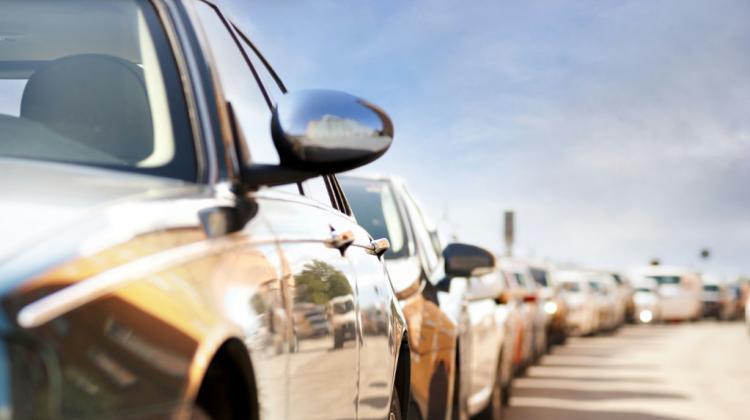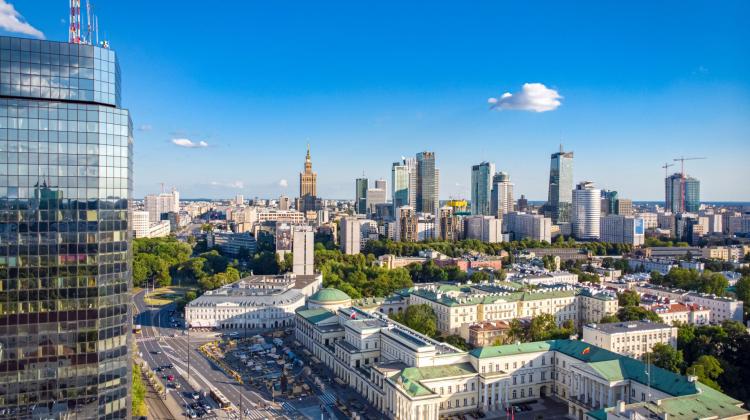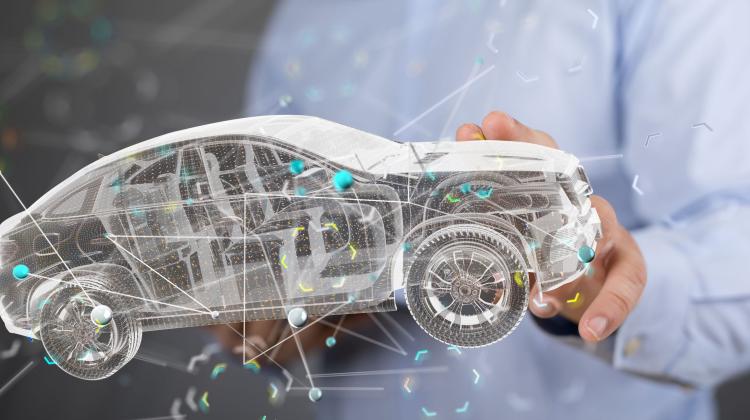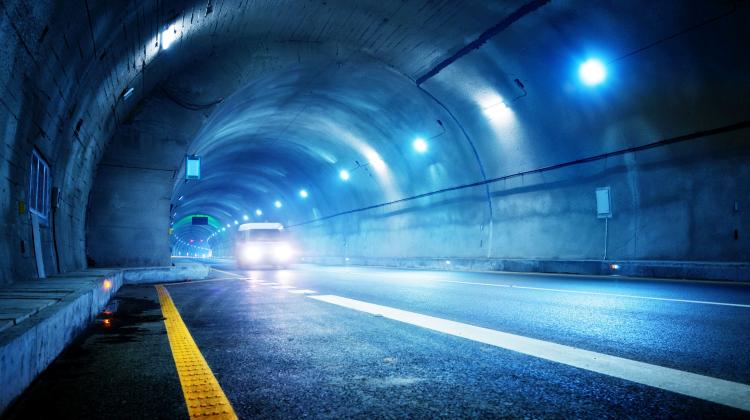Will autonomous vehicles dominate transport?
 Photo: Fotolia
Photo: Fotolia
In 2035, every tenth new car will be fully autonomous, according to IHS forecasts. Not only passenger cars will be autonomous, but also buses, trains, subway trains and robo-taxis. While such vehicles enjoy more and more public interest, they also raise concerns about the safety of road users.
"Lack of trust in autonomous machines is the main problem for their creators who wish to bring their solutions to the market" - says Dr. Artur Modliński, head of the Center for Research on Artificial Intelligence and Cyber Communications at the University of Lodz.
Autonomous vehicles (AV) are a new direction in the development of motoring. Such machines connected to the network as part of communication with other vehicles (V2V - Vehicle-to-Vehicle) and with road infrastructure (V2I - Vehicle-to-Infrastructure) such as smart traffic signs or traffic lights, can autonomously reach their destination, adjusting the driving style and speed to weather conditions and selecting the most optimal roads to avoid traffic jams.
"Moving synchronously, at short distances, they maintain communication and exchange data on the environment and traffic situation. They are also able to anticipate events and the course of various traffic situations" - emphasises Dr. Dominika Kaczorowska-Spychalska from the Faculty of Management, University of Lodz.
She reminds that AVs are not only passenger cars, but also trucks, buses, trains, subway trains, robo-taxis, specialized municipal vehicles such as garbage trucks, as well as robotic vehicles now more often tested in postal and courier services.
The automotive industry has long recognized the potential of new technologies. According to Intel experts, this sector will be capable of generating global revenues of approx. $ 7 trillion before 2050.
But, according to Dr, Kaczorowska-Spychalska, the penetration of the traditional car market by unmanned cars will probably take place only around 2030, and many experts say that we will have to wait much longer.
The expert cites currently available forecasts indicating that by 2025, there will be approx. 20 million autonomous cars on the streets, and according to IHS, in 2035 every tenth new car will be fully autonomous.
Solutions in this area are being developed by both automotive industry brands such as Volvo, Hyundai, Toyota, Nissan, BMW, Audi, Volkswagen, Lexus, Mercedes, Renault, Ford and new players such as Tesla Motors, as well as technology companies such as Google, Apple, BlackBerry, Baidu.
The potential of autonomous vehicles is also expected to be used in road and rail transport. The expert reminds that an autonomous tram currently runs in Potsdam, and autonomous buses in Las Vegas, Norway, Austria, Finland, Germany, Japan, China. In Gdańsk, the launch of minibuses with autonomous driving system is planned for the autumn of 2019.
The Germans, the Swiss and the Dutch are interested in autonomous trains, and the French declare that by 2023, TGV trains will use this system. Australia uses the potential of autonomous trains in freight transport in the west of the country.
In the world there are already around 800 km of lines supporting autonomous metro transport systems, especially in France. Such systems can also be found in Japan, Dubai and Singapore. In Poland, the second metro line in Warsaw has this capabilities, but currently only some of them are used, such as the reverse of the train at the final stations or automatic driving in emergency situations, emphasises Dr. Kaczorowska-Spychalska.
In her opinion, in transport and logistics, autonomous trucks grouped into platoons will be used. Such vehicles drive at short distances from each other, communicate with each other and synchronously perform road manoeuvres. The Japanese plan to introduce them on some roads.
"An interesting solution may be vehicles - robots, such as delivery machines for postal and courier parcels (so-called last mile carriers) or robocuriers that deliver orders from shops and restaurants. Such solutions are already being tested in Germany, the UK, Estonia, Switzerland and the United States" - the expert says.
Despite the growing interest in various autonomous vehicles, experts are quite cautious in their assessments regarding the development of autonomous vehicles. "This results from the imperfection of the technology itself, the lack of legal regulations, infrastructure, and the level of social acceptance of such solutions" - says the researcher from the University of Lodz.
According to Dr. Kaczorowska-Spychalska, in the coming years we can expect changes in the law that will allow autonomous vehicles to travel on public roads. Also relevant will be regulations regarding the pursuit of possible claims in the event of a collision, liability, and finally collection and management of user data.
"The key issue here is to improve the software of individual systems so that they function reliably regardless of weather conditions, climate zones or customs and driving culture" - emphasises Dr. Dominika Kaczorowska-Spychalska.
In another analysis, Dr. Artur Modliński, head of the Center for Research on Artificial Intelligence and Cyber Communications at the University of Lodz, emphasizes that autonomous vehicles still raise many social concerns with regard to the safety of both travellers and other road users.
"After the collision with the participation of an autonomous Waymo car in 2018, there were reports in the press about the dangers of autonomy of machines. Numerous reports of concerned people were published, and many politicians declared opposition to such solutions. Even the explanation that a human was responsible for the collision, not the intelligent steering system, did not help" - comments the expert in his analysis made available to PAP.
Scepticism towards machines fits into a wider phenomenon, which the expert calls "not perfect but proven". According to Modliński, this phenomenon has recently been seen after two Boeing 737 Max 8 crashes (in Indonesia and Ethiopia), when the anecdotal information appeared in the media that the crashes were caused by a new, autonomous system preventing hull movements, along with anonymous claims of pilots of these machines that they did not receive adequate autonomous control software training.
Dr. Modliński emphasised that these crashes caused further debates. Questions are invariably repeated, how much autonomy we should give to machines, so that people do not suffer, and how to train people to efficiently cooperate with autonomous vehicles?
"The challenge is to raise awareness and train people in the field of cooperation with autonomous machines, which are now more clearly established in our social space and affect the areas previously reserved for people" - concludes Dr. Artur Modliński from the Faculty of Management, University of Lodz.
PAP - Science in Poland
szu/ ekr/ kap/
tr. RL
Przed dodaniem komentarza prosimy o zapoznanie z Regulaminem forum serwisu Nauka w Polsce.

















